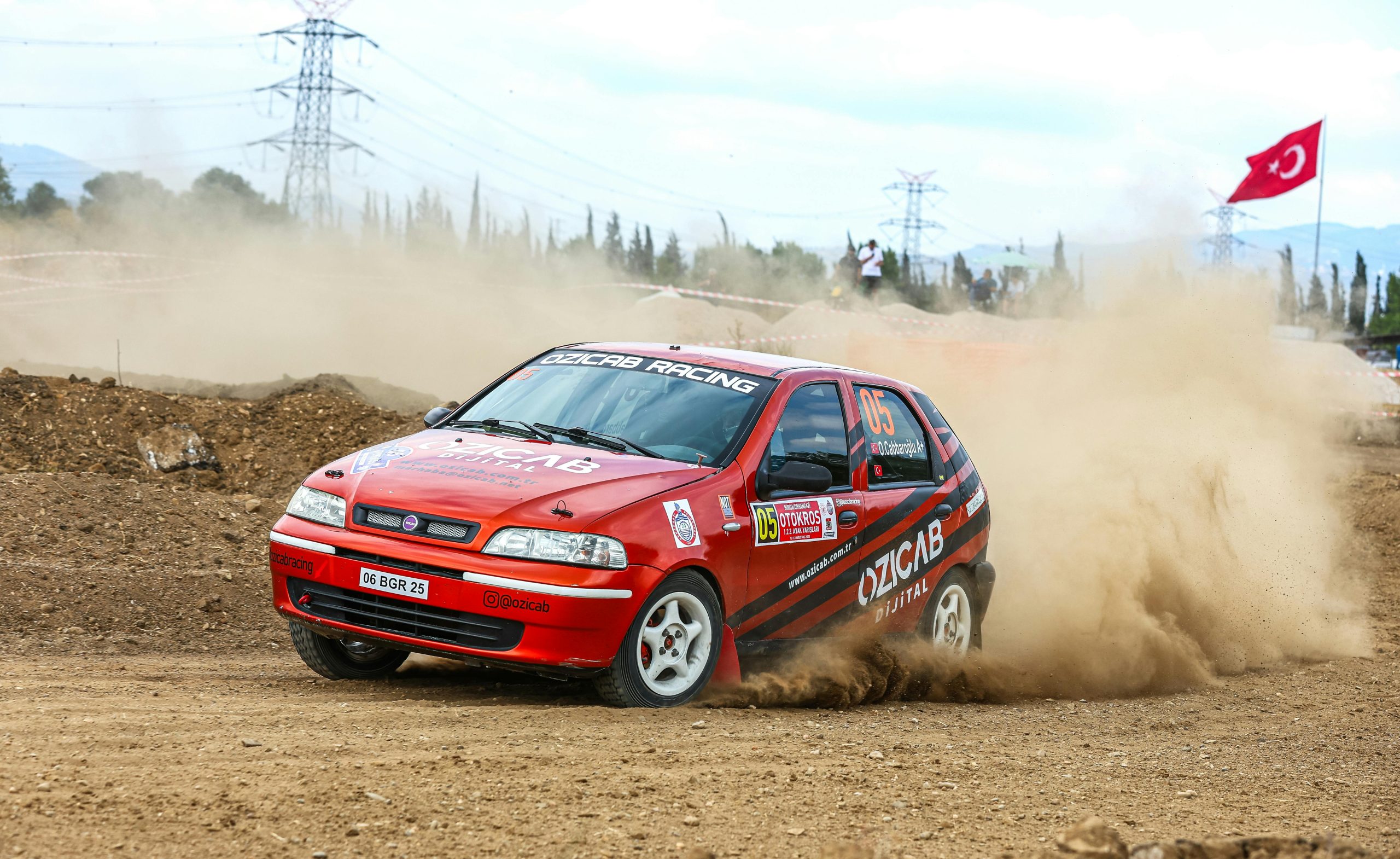Speed has always been a major selling point for sports cars, with manufacturers investing millions in research and development to create the fastest machines on the road.
However, not all high-performance cars live up to the hype. Some fail due to mechanical issues, while others are simply outclassed by their competition. Here are ten cars that were built for speed but ultimately fell short.
1. DeLorean DMC-12
The DeLorean DMC-12 is widely recognized as one of the most iconic cars in pop culture, largely due to its prominent role in the Back to the Future trilogy.
With its unique gullwing doors and sleek, futuristic stainless-steel body, it appeared to be a high-performance sports car. However, in reality, the DeLorean’s performance was far from impressive.
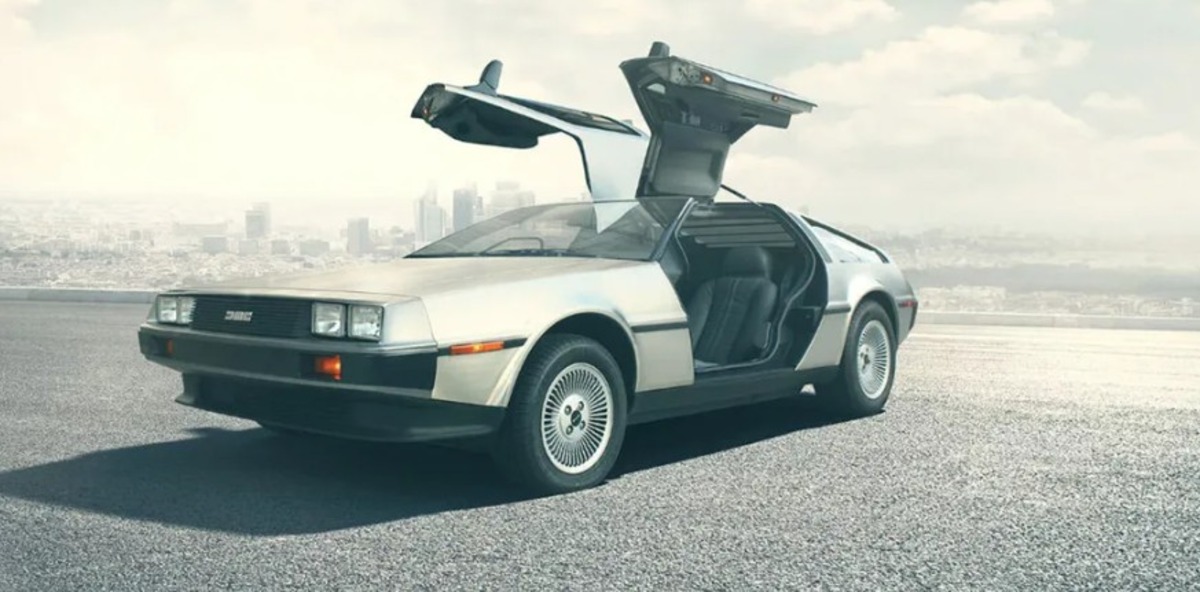
Equipped with a 2.85L V6 engine, it generated just 130 horsepower, which was quite underwhelming for a car marketed as a sports vehicle.
With a top speed of only 110 mph and a 0-60 mph time of 10.5 seconds, the DeLorean struggled to keep up with its competition in the early 1980s. Its heavy build further hindered its performance, making it one of the slowest sports cars of its era.
Despite its striking looks and futuristic appeal, the DeLorean was unable to match the acceleration and speed of other performance cars of the time.
This stark contrast between its appearance and actual performance left many enthusiasts disappointed, but it became a beloved piece of automotive history thanks to its association with the beloved film franchise.
Also Read: 12 Best Fast-Charging Electric Cars on the Market
2. Vector W8
The Vector W8 was an ambitious American supercar designed to take on the likes of Ferrari and Lamborghini. With its bold, futuristic design and a potent 6.0L twin-turbocharged V8 engine, the W8 appeared to be a contender for the ultimate performance crown.
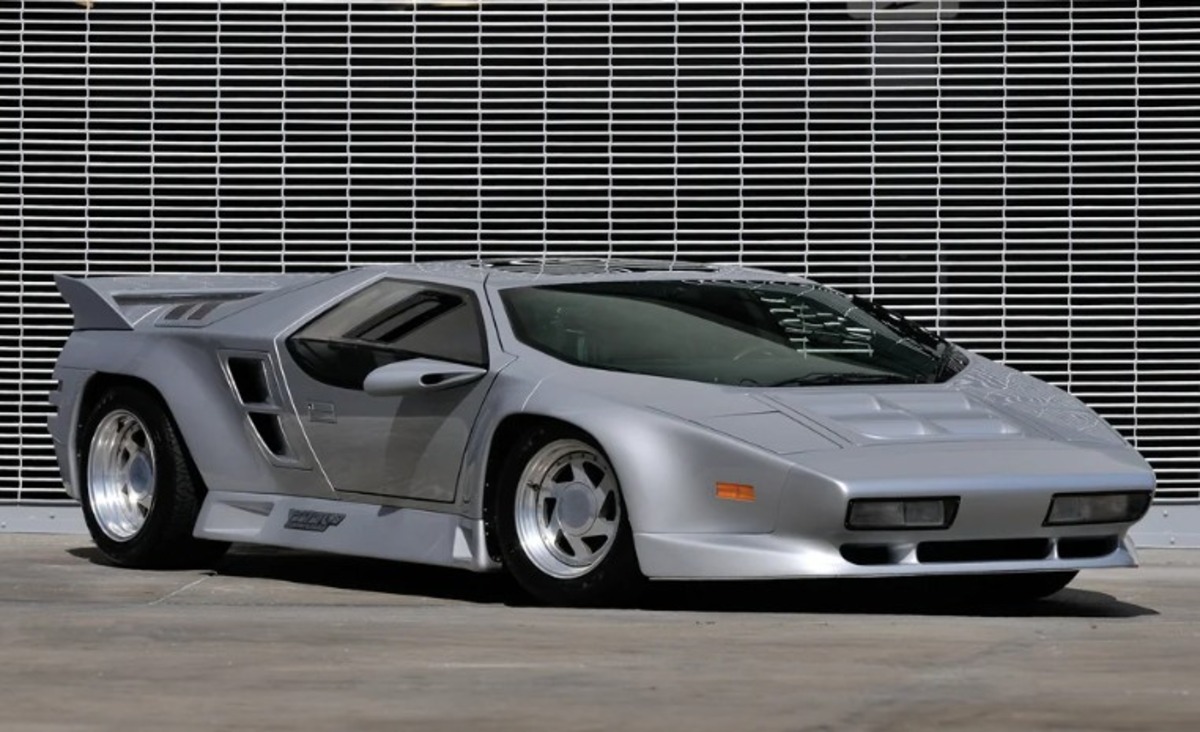
On paper, it boasted an impressive 625 horsepower, a top speed of 242 mph (claimed), and the ability to accelerate from 0-60 mph in just 4.2 seconds.
However, despite its promising specs, the W8 faced significant challenges in reality. The car was plagued by reliability issues, with many owners reporting mechanical failures and persistent overheating problems.
The promised top speeds were never fully realized, leaving enthusiasts disappointed with its underwhelming performance. In addition to its technical shortcomings, the car lacked the refinement expected from a supercar at its price point.
While it looked the part, the Vector W8 struggled to live up to its ambitious claims, ultimately failing to compete with its Italian rivals. Despite its shortcomings, the W8 remains a fascinating example of American automotive ambition, known more for its potential than its actual success on the road.
3. Jaguar XJ220
The Jaguar XJ220 was originally designed to be the world’s fastest production car, with a bold promise of a V12 engine and all-wheel drive. However, due to cost constraints, Jaguar had to adjust its plans, leading to significant changes in the car’s design.
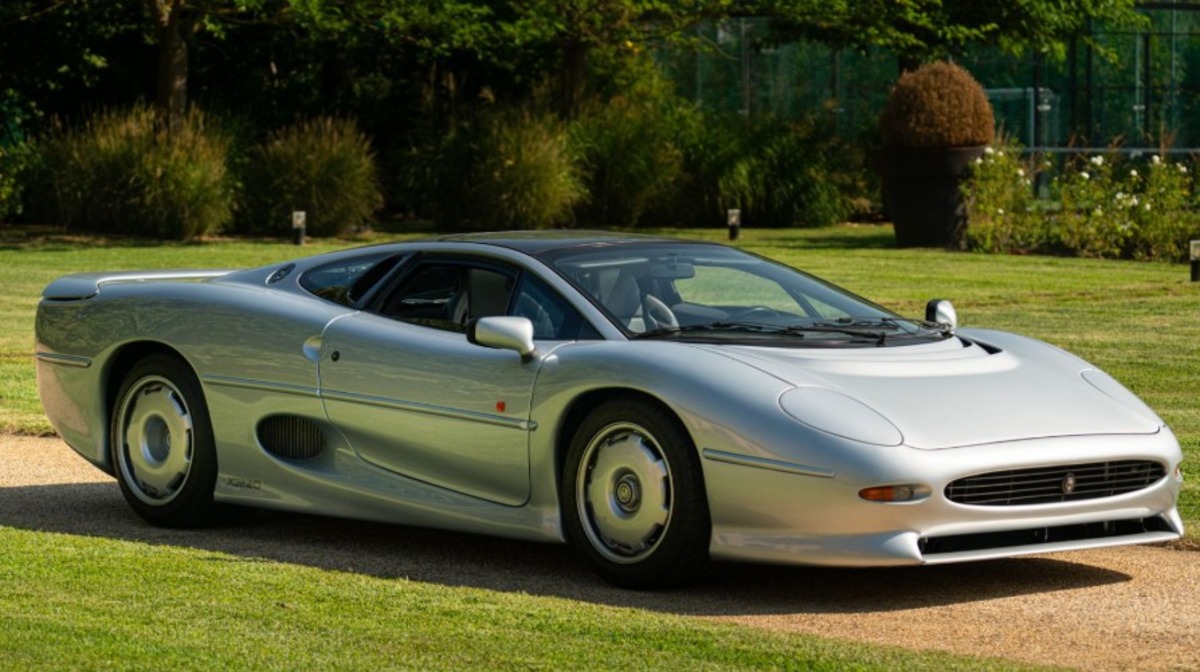
The XJ220 ultimately came equipped with a 3.5L twin-turbo V6 engine, producing 542 horsepower. This power allowed the car to reach a top speed of 213 mph and accelerate from 0-60 mph in just 3.6 seconds.
While these figures were still impressive, they fell short of the 220 mph target implied by the car’s name, leaving some enthusiasts disappointed.
The switch from the promised V12 to a V6 engine was a major letdown for many fans, and the XJ220 struggled to meet the lofty expectations set by Jaguar.
Although the car was still incredibly fast and advanced for its time, it didn’t live up to the hype, and the shift in focus from its original design to cost-effective production decisions left the XJ220 as more of a missed opportunity than the automotive icon it could have been.
4. Plymouth Prowler
The Plymouth Prowler had the look of a futuristic hot rod, with its bold, aggressive design turning heads wherever it went. However, its performance didn’t live up to its striking appearance.
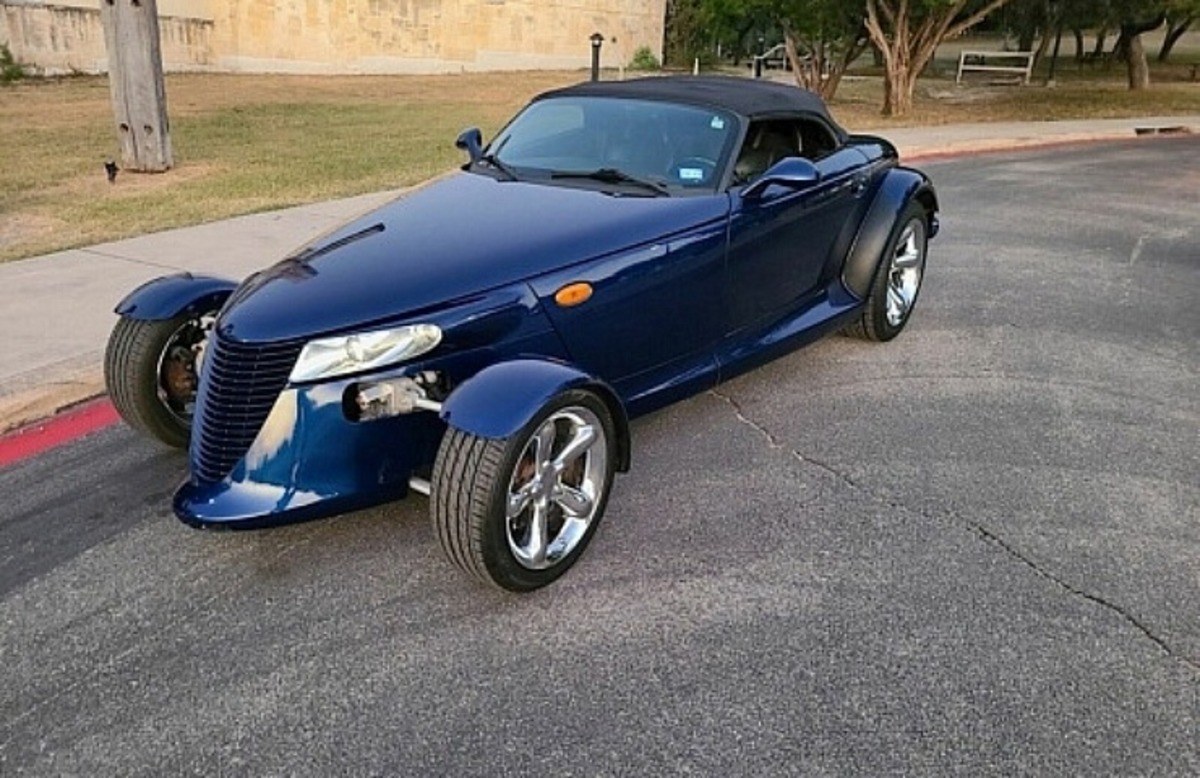
Powered by a 3.5L V6 engine producing 253 horsepower, the Prowler was far from the high-performance sports car many expected. It had a top speed of 126 mph and could accelerate from 0-60 mph in 5.9 seconds. While these figures might seem decent on paper, they paled in comparison to other true sports cars of its era.
The Prowler was further hindered by its automatic transmission, which kept it from offering the raw driving experience enthusiasts were looking for.
Despite its unique styling and futuristic flair, the Prowler lacked the power and performance to compete with more established sports cars of the time.
It ended up more as a curiosity than a serious contender in the sports car world, leaving many disappointed that its looks couldn’t be matched by the performance it promised.
5. Toyota Supra (MK3 – A70)
Before the iconic MK4 Supra, Toyota released the MK3, which was designed to be a high-performance car but ultimately fell short of expectations.
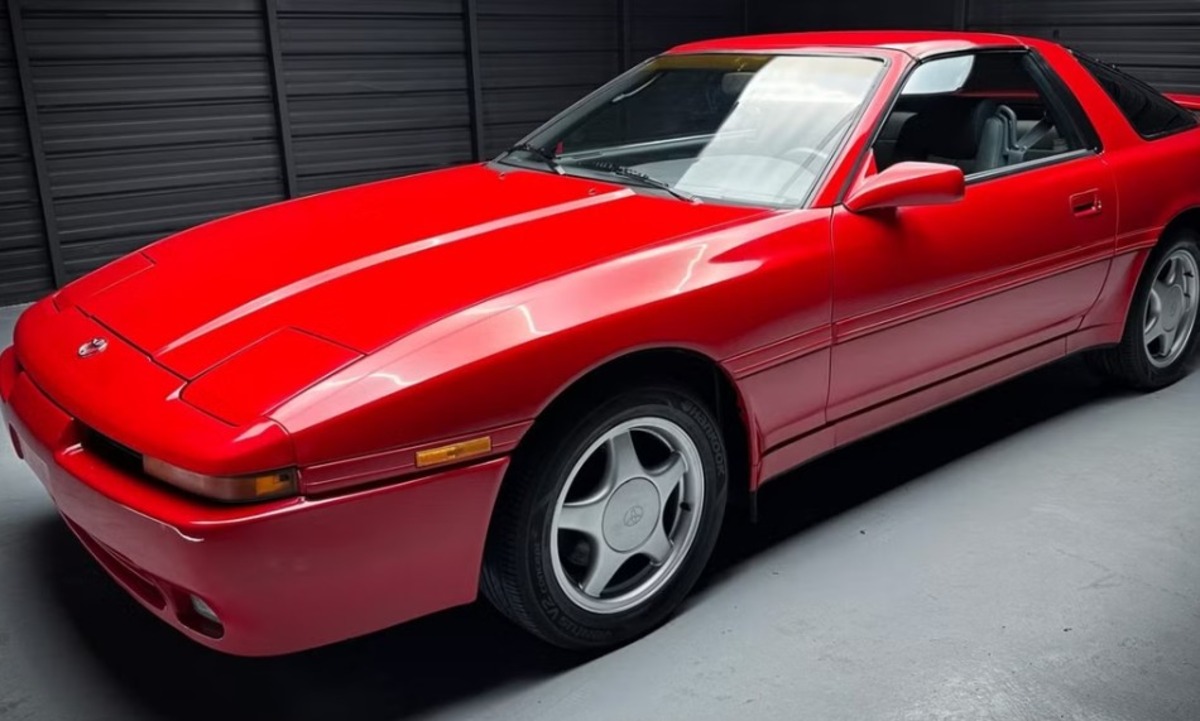
The MK3 Supra featured a 3.0L turbocharged inline-6 engine producing 232 horsepower. It had a top speed of 140 mph and could accelerate from 0-60 mph in 6.8 seconds.
While these numbers weren’t bad, the car’s weight—over 3,500 lbs—held it back. The MK3’s heavy build made it sluggish compared to its competitors, and its performance didn’t quite match the hype.
It wasn’t until the MK4 Supra that Toyota truly established the Supra’s legacy as a performance legend. The MK3, though still a solid car, never achieved the same level of acclaim. Despite this, it laid the groundwork for the Supra’s future success, marking a key chapter in the model’s evolution.
Also Read: 10 Supercars That Have the Best Engine Sounds
6. Ferrari Mondial 8
Ferrari is known for its speed and performance, but the Mondial 8 was a rare misstep in the brand’s history.
Equipped with a 3.0L V8 engine, the Mondial 8 produced just 214 horsepower. It could reach a top speed of 140 mph and accelerate from 0-60 mph in 8.2 seconds.
These numbers were underwhelming, especially when compared to other Ferraris of the 1980s, which boasted much more power and quicker acceleration.
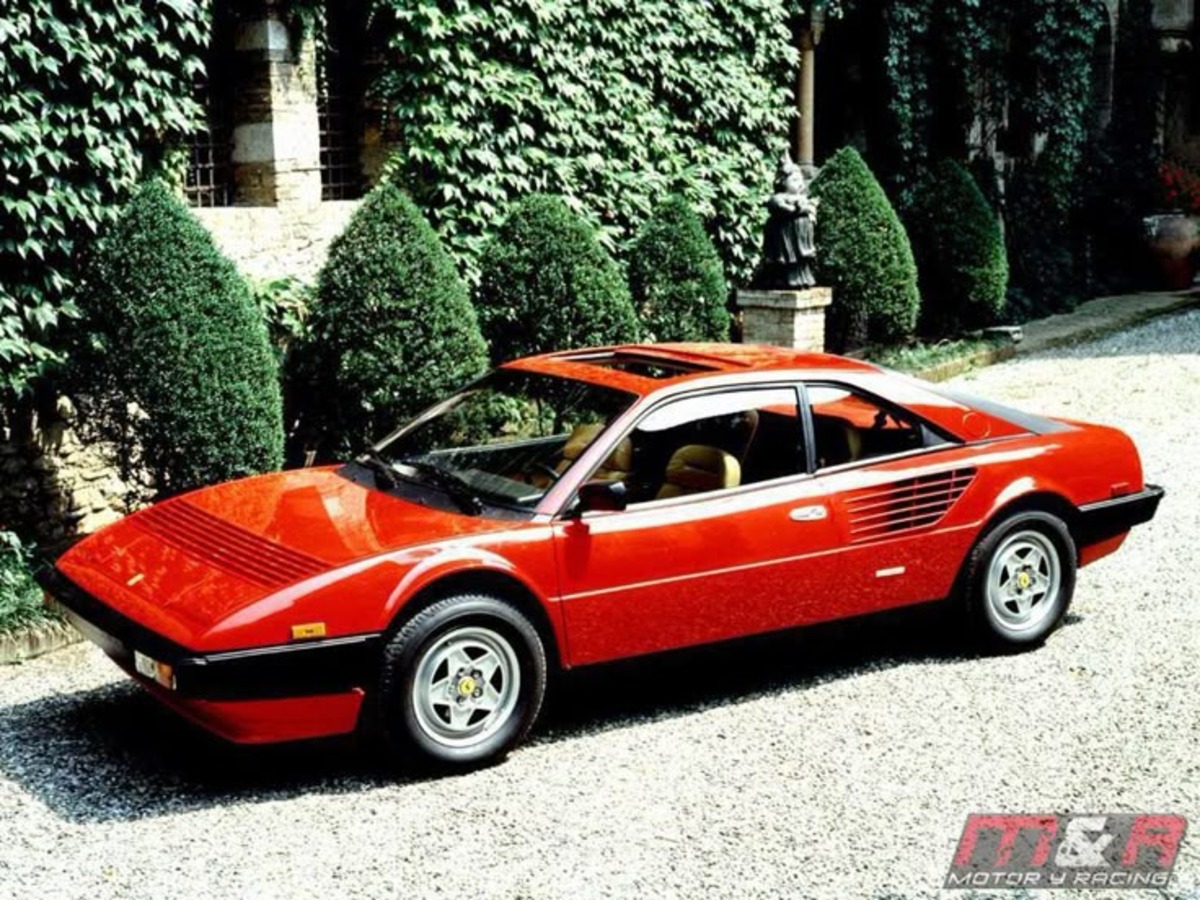
The Mondial 8’s performance felt sluggish and uninspiring, lacking the excitement and precision that Ferrari enthusiasts had come to expect.
It was a far cry from the high-performance machines Ferrari was known for, and its underperformance led to it being widely regarded as one of the brand’s biggest disappointments. Despite its stylish looks, the Mondial 8 failed to deliver on the Ferrari promise, leaving it largely forgotten in the company’s storied lineup.
7. Maserati Biturbo
Maserati’s Biturbo was intended to be a powerful yet affordable sports coupe, but it fell short in both performance and reliability.
With a 2.5L twin-turbo V6 engine producing 192 horsepower, the Biturbo had a top speed of 134 mph and could accelerate from 0-60 mph in 6.5 seconds.
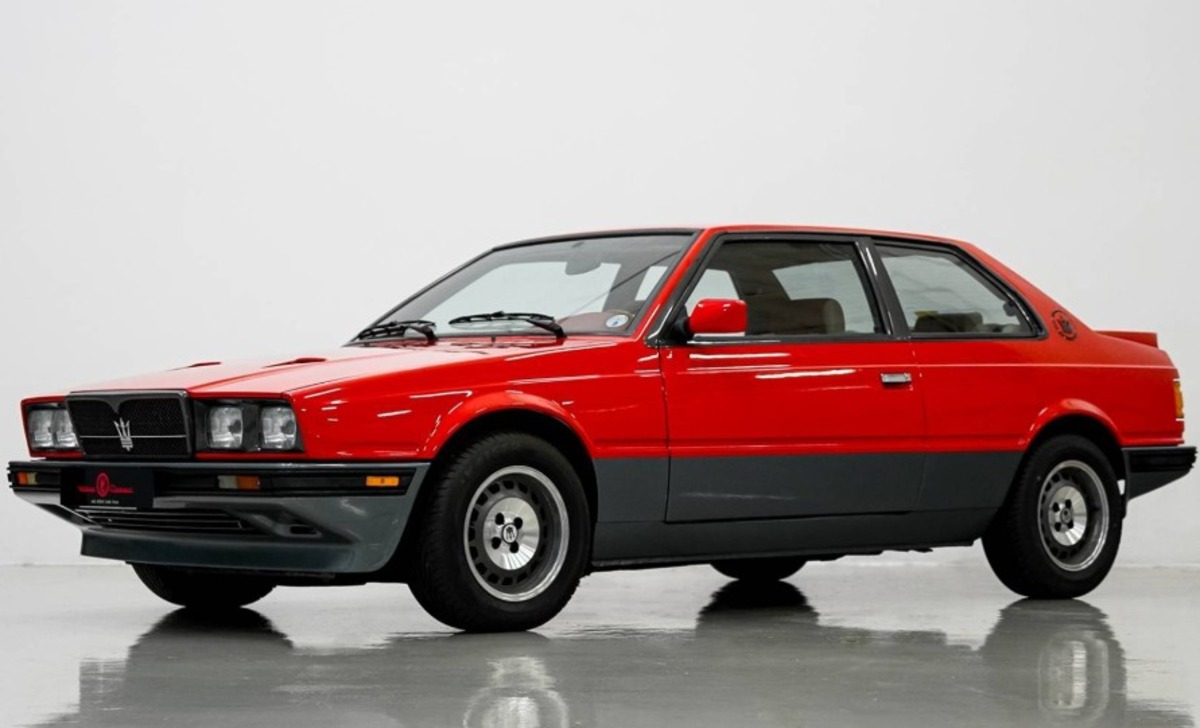
While these specs weren’t terrible, they failed to impress compared to other sports cars of the era. The car’s performance felt lackluster, and its appeal quickly faded.
What truly soured the ownership experience were the constant mechanical problems that plagued the Biturbo. From frequent breakdowns to costly repairs, it became a nightmare for owners.
The car failed to live up to its promise of blending speed with luxury, and its reliability issues tarnished Maserati’s reputation. Instead of becoming a solid option for performance enthusiasts, the Biturbo became known for all the wrong reasons.
Also Read: 10 Supercars That Have the Best Engine Sounds
8. Pontiac Fiero GT
The Pontiac Fiero was introduced as an affordable mid-engine sports car, but it never truly lived up to its potential.
Powered by a 2.8L V6 engine producing 140 horsepower, the Fiero could reach a top speed of 125 mph and accelerate from 0-60 mph in 8.1 seconds.
While the later GT models did offer some performance improvements, they were still considered slow compared to other sports cars of the time.
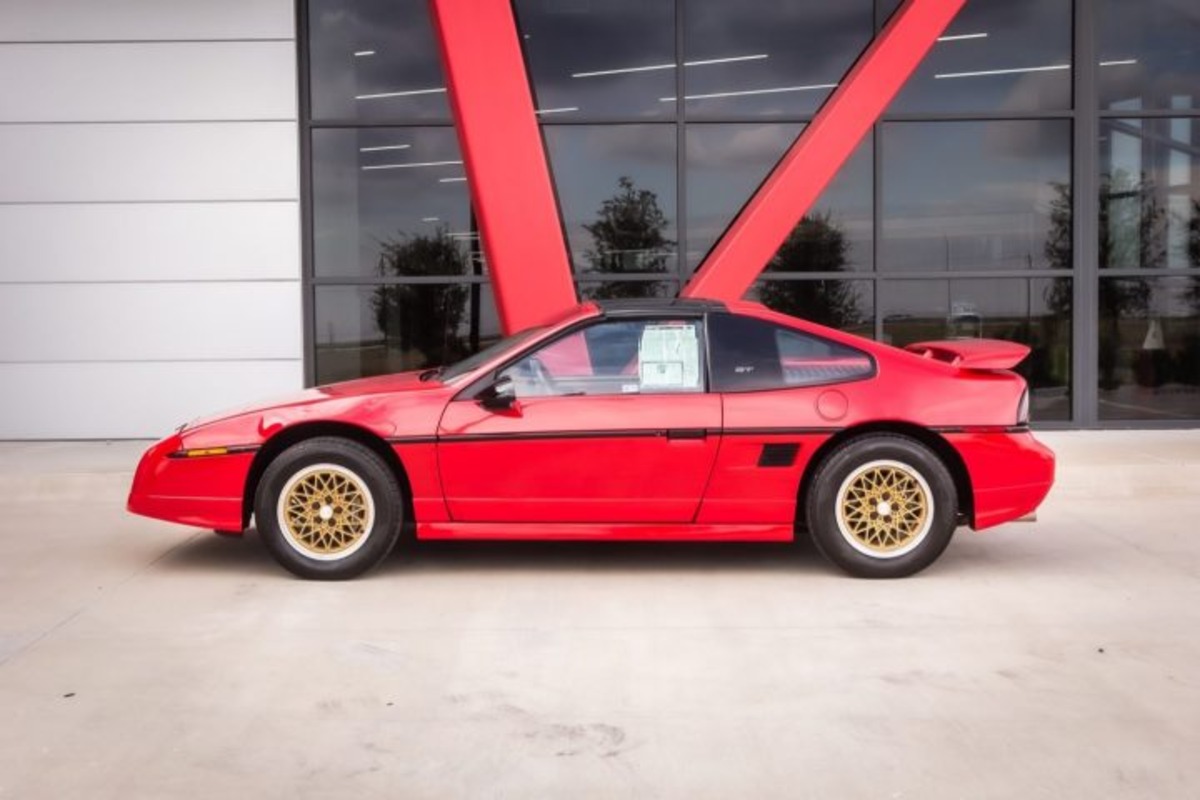
In addition to its underwhelming speed, the Fiero struggled with early reliability issues, which hurt its reputation and led to its short-lived production.
Despite its innovative design and potential, the car’s performance and mechanical problems caused it to fall behind its competitors, ultimately leading to its discontinuation. The Fiero remains a curious example of a car that was ahead of its time in some respects but failed to make a lasting impact.
9. Nissan 300ZX (Z32 – Non-Turbo)
The Nissan 300ZX Turbo was a standout car, but the non-turbo variant didn’t quite hit the mark.
Equipped with a 3.0L V6 engine producing 222 horsepower, the non-turbo 300ZX could reach a top speed of 140 mph and accelerate from 0-60 mph in 7.1 seconds. While these numbers weren’t terrible, they felt sluggish compared to other performance cars of the era.
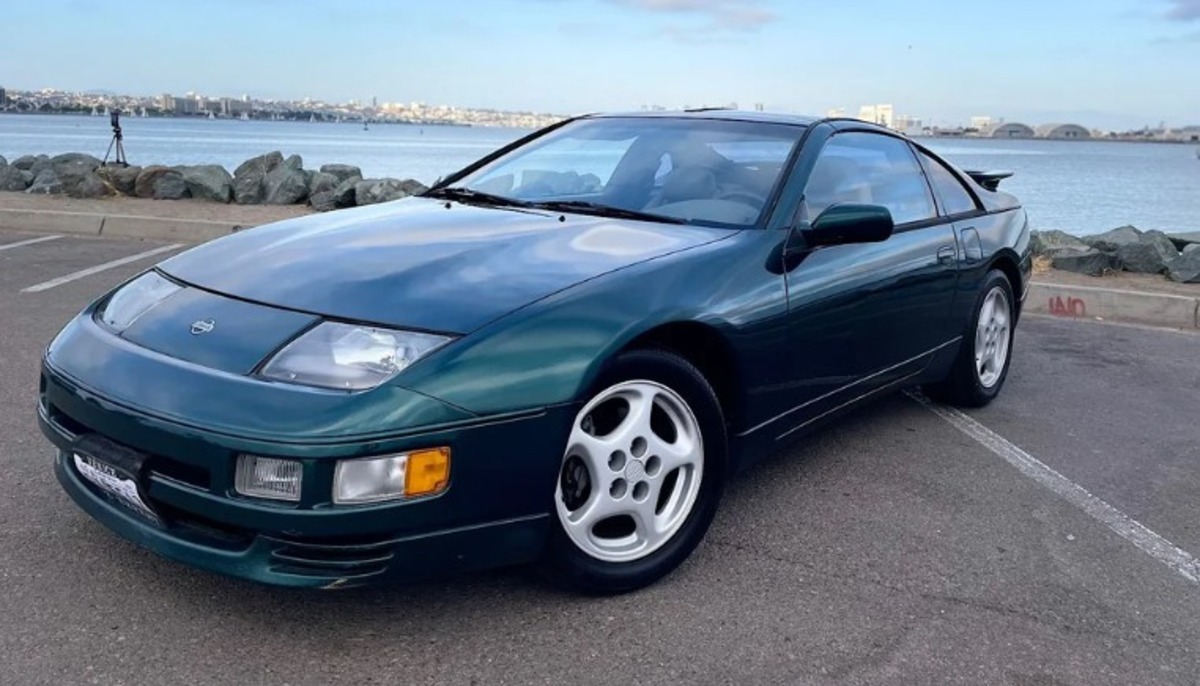
Without the twin-turbo setup, the 300ZX lacked the punch that many enthusiasts expected, especially given its aggressive, sporty design. The car’s performance was underwhelming, leaving many buyers disappointed.
The sleek looks and advanced features promised excitement, but the lack of power left it feeling unremarkable, unable to live up to the high standards set by the turbocharged version.
It was a solid car, but for those seeking true performance, the non-turbo 300ZX didn’t deliver on the excitement its appearance suggested.
10. Chevrolet Corvette (C4 – Early Models)
The Chevrolet Corvette is a legendary American performance car, but the early C4 models didn’t quite live up to the hype.
Equipped with a 5.7L V8 engine producing 205 horsepower, the early C4 could reach a top speed of 137 mph and accelerate from 0-60 mph in 7.1 seconds.
While these numbers weren’t bad, they fell short of the performance expectations for a Corvette, especially considering the model’s iconic status.
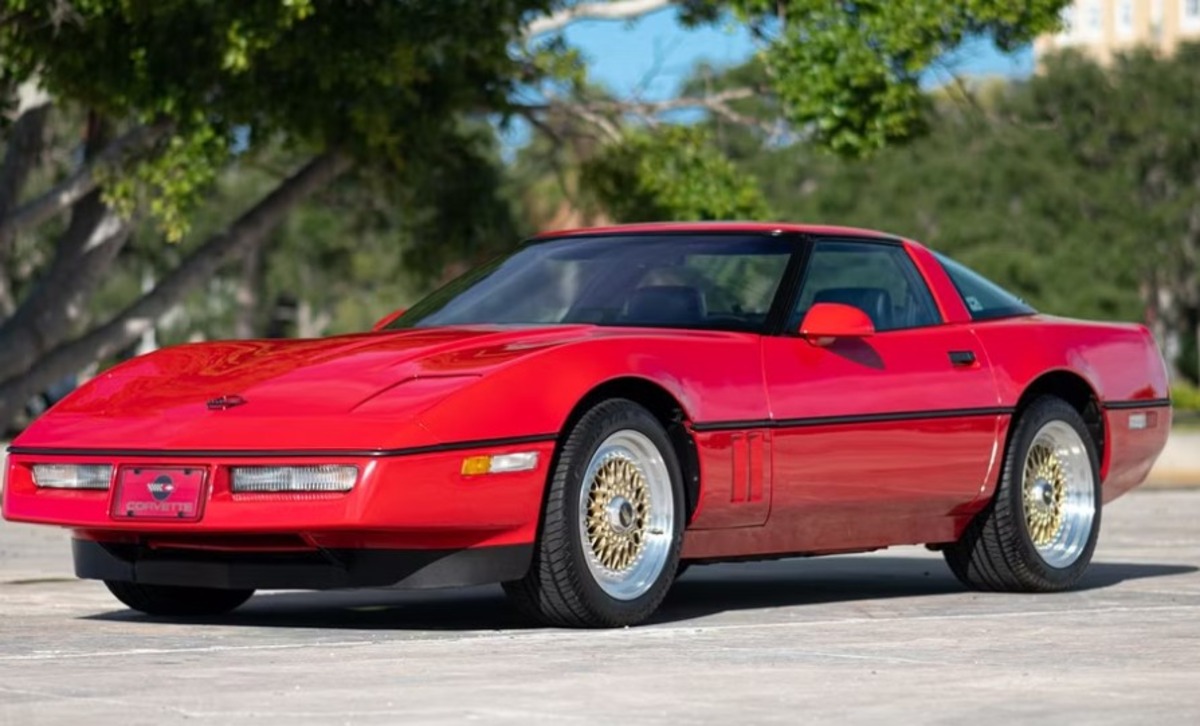
The restrictive emissions regulations of the 1980s played a major role in limiting the Corvette’s performance. These regulations hampered the car’s power, making it slower than its predecessors.
While later C4 models saw significant improvements, the early versions were disappointing for enthusiasts looking for the speed and excitement that the Corvette name promised. Though the C4 eventually became a better performer, its early years were a letdown for many fans.
Each of these cars was designed with speed in mind but failed to live up to their promise. Whether due to poor engineering, excessive weight, or lack of power, they all fell short of expectations. While some have become cult classics despite their flaws, others serve as reminders that not every high-performance car is a success.

